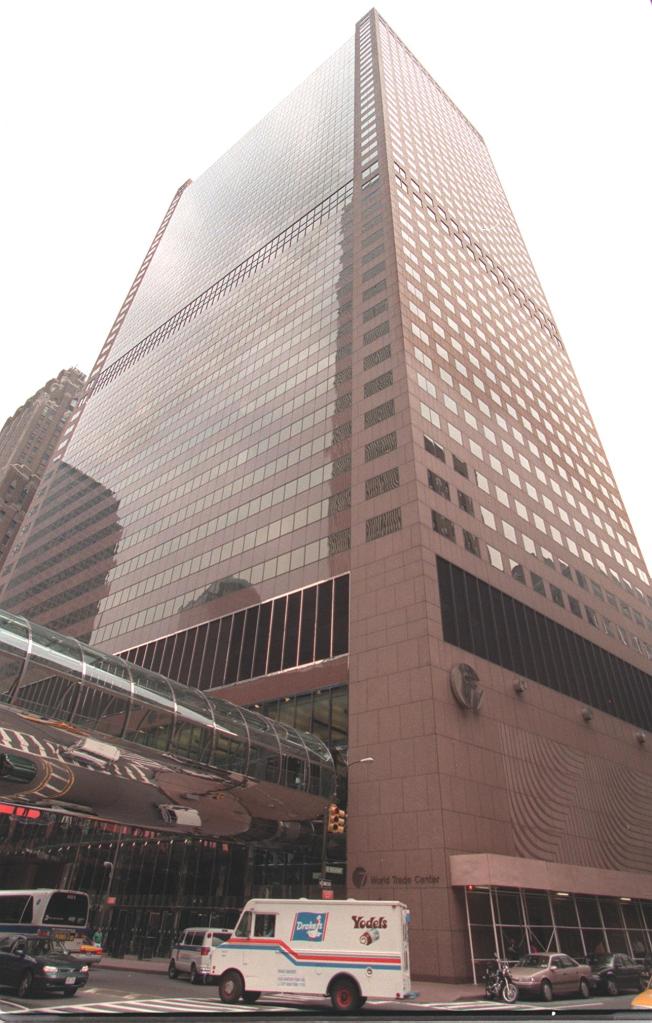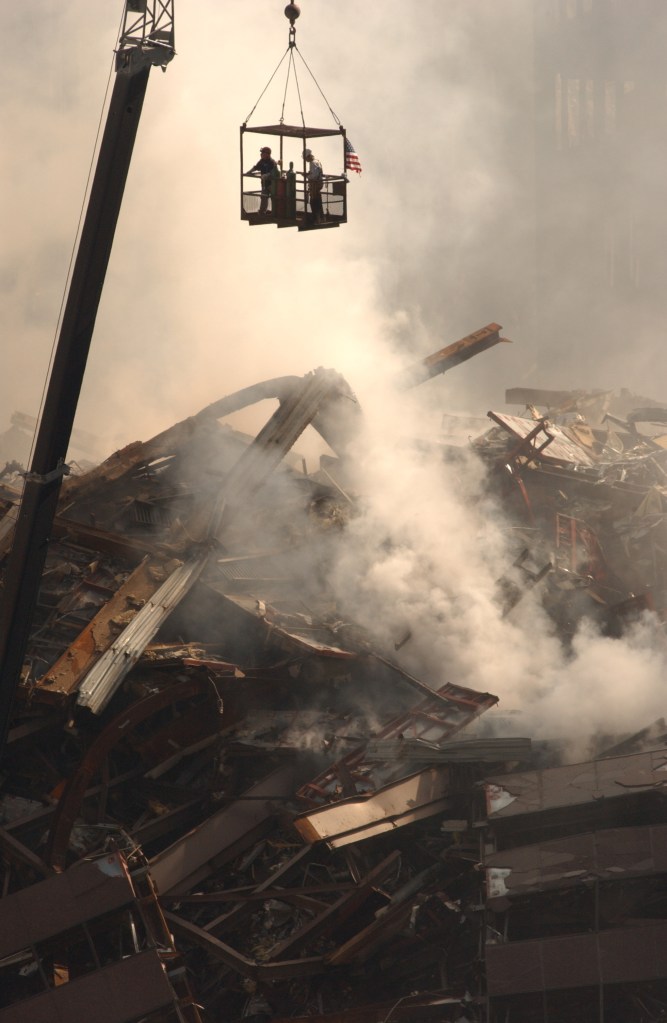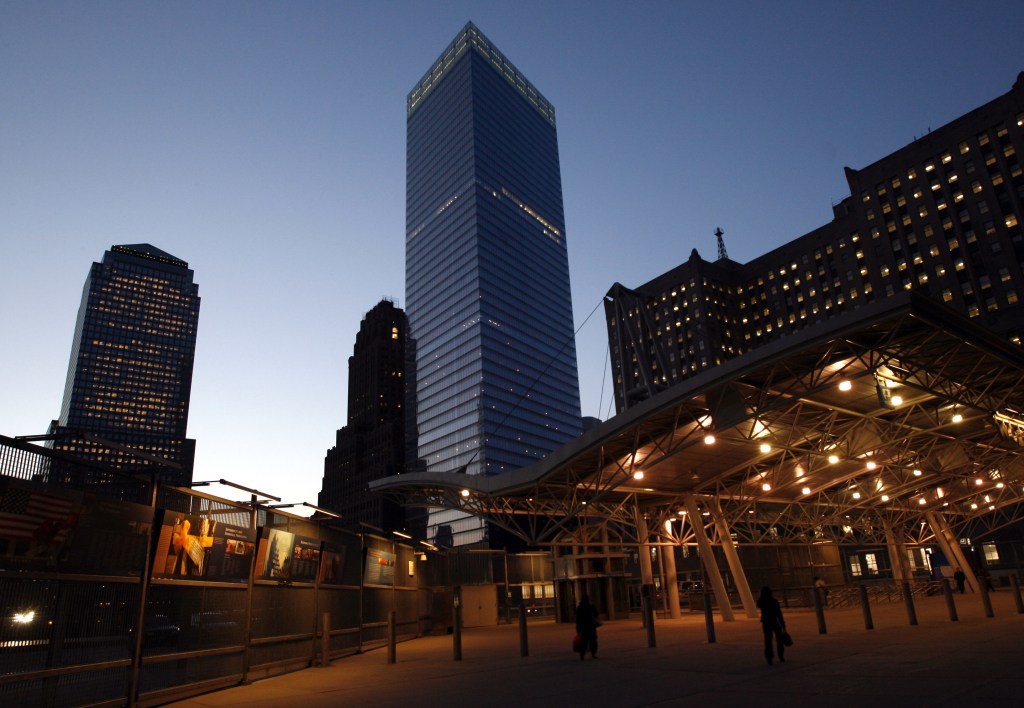Inside the forgotten WTC building that burned down on 9/11
In the annals of history, the vivid and horrifying images of the Twin Towers collapsing on that fateful Sept. 11, 2001, are etched into the collective memory of Americans.
But amid the chaos and devastation of that day, there’s one building that often remains shrouded in obscurity, its significance relegated to the shadows — World Trade Center 7.
On that same day, as the sun dipped below the horizon at 5:20 p.m., Building 7 crumbled to the ground.
Astonishingly, this skyscraper had not been struck by an airplane, and fires raged on only a few of its floors. The reason behind its collapse has long been a subject of contention, with many questioning the official narrative.
The collapse of Building 7 at the World Trade Center often goes unnoticed, but it’s a topic that continues to ignite debate and intrigue more than two decades on.
The occupants of this nearby skyscraper had already evacuated, mirroring the evacuation efforts in most buildings surrounding the Twin Towers.


Before that day, the World Trade Center was a sprawling complex, boasting seven buildings in the heart of Lower Manhattan’s Financial District.
Specifically, the Twin Towers, the North Tower standing tall at 1,368 feet and its counterpart, the South Tower at 1,362 feet, held the distinction of being the tallest buildings in the world.
But there was more to the complex than just the iconic twins. Among the ensemble were buildings like the Marriott World Trade Center (3 World Trade Center), 4 World Trade Center, 5 World Trade Center, 6 World Trade Center, and, of course, 7 World Trade Center.
Building 7 was a 47-story structure, enveloped in striking red granite masonry, occupying an unconventional trapezoidal footprint.

An elevated walkway gracefully spanned Vesey Street, linking the building to the World Trade Center plaza. What made Building 7 even more unique was its position above a ConEd power substation, demanding innovative structural design.
When the building first opened its doors in 1987, it struggled to lure tenants. However, luck changed in 1988 when investment bank Salomon Brothers inked a long-term lease, becoming the anchor tenant.
The secretive world of intelligence agencies also found their home within these walls. Floors 9 and 10 housed the Secret Service, while the 25th floor was home to CIA offices.
On the condition of anonymity, sources told CBS, that intelligence officials had lost a trove of secret documents and crucial intelligence reports stored at the station — either on paper or in computers.

A CIA spokesman declined to comment on the existence of the office, which was first reported by the New York Times back in 2001.
The New York office was a base of operations to spy on and recruit foreign diplomats stationed at the United Nations, while debriefing selected American business executives and others willing to talk to the CIA after returning from overseas.
The National Institute of Standards and Technology’s 2008 Final Report on the Collapse of World Trade Center Building 7 unveiled that floor 14 remained vacant, shedding new light on leasing arrangements from 2001, with Salomon Smith Barney holding floors 15 to 17.

The National Institute of Standards and Technology (NIST) released a report in August 2008, stating that the collapse of Building 7 was no longer a mystery.
According to their findings, the building succumbed to the intense heat of fires ignited by debris from the nearby North Tower collapse. This explanation, however, failed to satisfy a group of engineers and architects who have sought the truth.
Enter the Architects & Engineers for 9/11 Truth (AE911T), a coalition of over 3,000 professionals, including scientists, engineers, and architects, who have dedicated themselves to uncovering the facts.
In 2020, they filed a formal Request for Correction with NIST, backed by a comprehensive 4-year analysis conducted by a team at the University of Alaska Fairbanks (UAF).
The UAF study challenges NIST’s conclusions, suggesting that the collapse of Building 7 was a “near-simultaneous failure of every column in the building.” This contradicts NIST’s assertion that fire weakened the steel supports, causing them to fail and the building to collapse.
Ted Walter, spokesperson for AE911T, said, “We have filed a request for correction because the NIST report is wrong.” The group believes that understanding the precise reasons behind the building’s collapse is essential from an engineering perspective.

The UAF study identified fundamental errors in how engineers estimated the rigidity of the building’s outside frame and challenged the idea that the heat from the fires triggered critical structural movements. Moreover, AE911T, including families of the victims, insists that the investigation must be grounded in “science and engineering” and should not dismiss the possibility of controlled demolition as a plausible cause.
The debate intensifies as the UAF study contends that the outside frame was more flexible than the inside structure, making the NIST’s claim of a 6.25-inch displacement untenable. As of today, the mystery surrounding the collapse of World Trade Center 7 remains unresolved, and questions continue to linger.
While the controversy persists, the construction of a new 7 World Trade Center began in 2002 and was completed in 2006.
And though much remains unanswered, one thing is certain: the legacy of Building 7’s collapse will remain an enigmatic and contentious chapter in the history of that tragic day.
Read the full article Here


